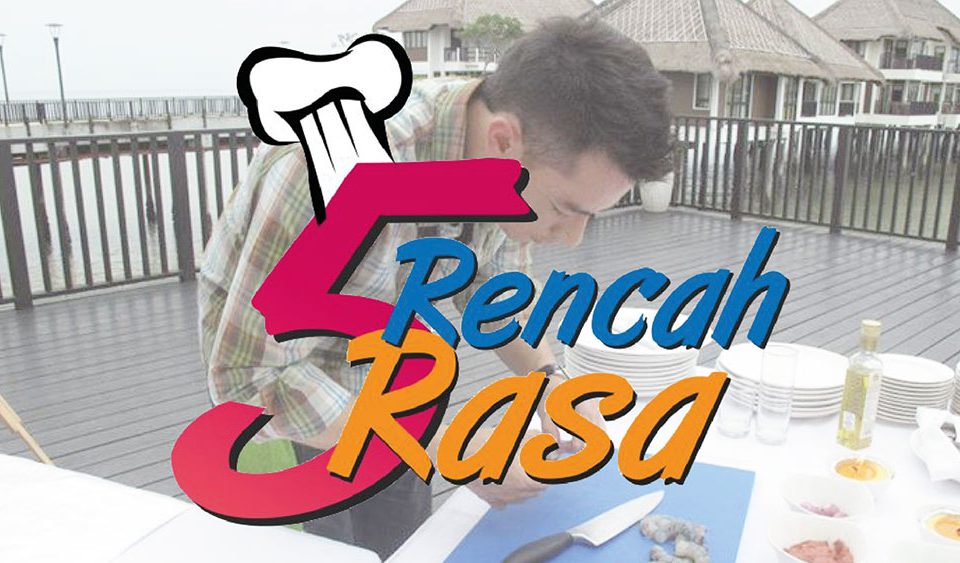
Sheeta Veerya (cold potency) and Ushna Veerya (hot potency)Īshta vidha veerya – 8 types of potency, i.e. This food will be enriched with the below mentioned qualities –ĭwividha Veerya – 2 types of potency i.e.

earth, wind, water, fire and ether or space) These forms of food are Pancha Bhoutika in nature (made up of components of 5 elements of nature i.e. Madhura (sweet), Amla (sour), Lavana (salt), Katu (pungent), Tikta (bitter) and Kashaya (astringent). The food we take will be enriched with Shad Rasas or 6 tastes i.e. The Rasa Dhatu is directly formed from the essence of the food that we take. The extract or essence of the food which is in ultra fine or minute form is called Rasa. Tatra pancha bhoutikasya chatuhu vidhasya shad rasasya dvi vidha veeryasya ashta vidha veeryasya vaa aneka gonopetasya upayuktasya aahaarasya samyak parinatasya yaha tejo bhootaha saaraha parama sookshmaha sa rasa iti uchyate (Ref – Sushruta Sootra 14/3) In this article let us discuss in detail about the Rasa Dhatu Rasa Dhatu Similarly the qualitative defects which are inherited already through the genes might lead to quantitative errors. This will also lead to qualitative defects in the tissues. Increase in quantity leads to metabolic disorders and decrease in quantity leads to lowering of immunity. An increase or decrease in their quantity indicates metabolic or nutritional errors.

The Dhatus being structural components take part in our construction. substances having energy and strength or capacity (to hold, wear or construct the body). By this definition, we should not have any hesitation in calling the dhatus as the tissues of the body.ĭharayati jeevayati iti dhatavaha (Dalhana)ĭhatus, as said above fall into the category of Shakti Yukta Dravyas i.e. The Dhatus form the frame and structure of the body. ‘They wear the body’ should be understood that they form, frame and construct the body. This term indicates the responsibility put on the shoulders of the dhatus in holding and guarding the wellness of the body. breed, race group of animals with well-defined inherited characteristicsThose which wear the body or hold the body are called Dhatus.Childers, Robert Caesar, Dictionary of the Päli Language, London: Trübner & Company, 1875.īorrowed from German Rasse, from French race, from Italian razza, possibly from Arabic رَأْس ( raʾs, “ head ” ).


third-person singular past historic of raserįrom Malay rasa, from Pali rasa, from Sanskrit रस ( rasa ).Rasa ( accusative singular rasan, plural rasaj, accusative plural rasajn) “rasa” in Diccionari de la llengua catalana, segona edició, Institut d’Estudis Catalans.įrom German Rasse, from French race, from Italian razza, possibly from Arabic رَأْس ( raʾs, “ head ” ).( Balearic, Central ) IPA ( key): /ˈra.zə/ AARs, ARSA, ASAR, Aras, SAAR, Saar, Sara, aras, asarįrom ras ( “ smooth ” ) + -a, from Latin rāsus ( “ cropped, shorn ” ).An essential mental state the dominant emotional theme of a work.Transliteration of Sanskrit रस ( rasa, literally “ juice essence ” ).


 0 kommentar(er)
0 kommentar(er)
